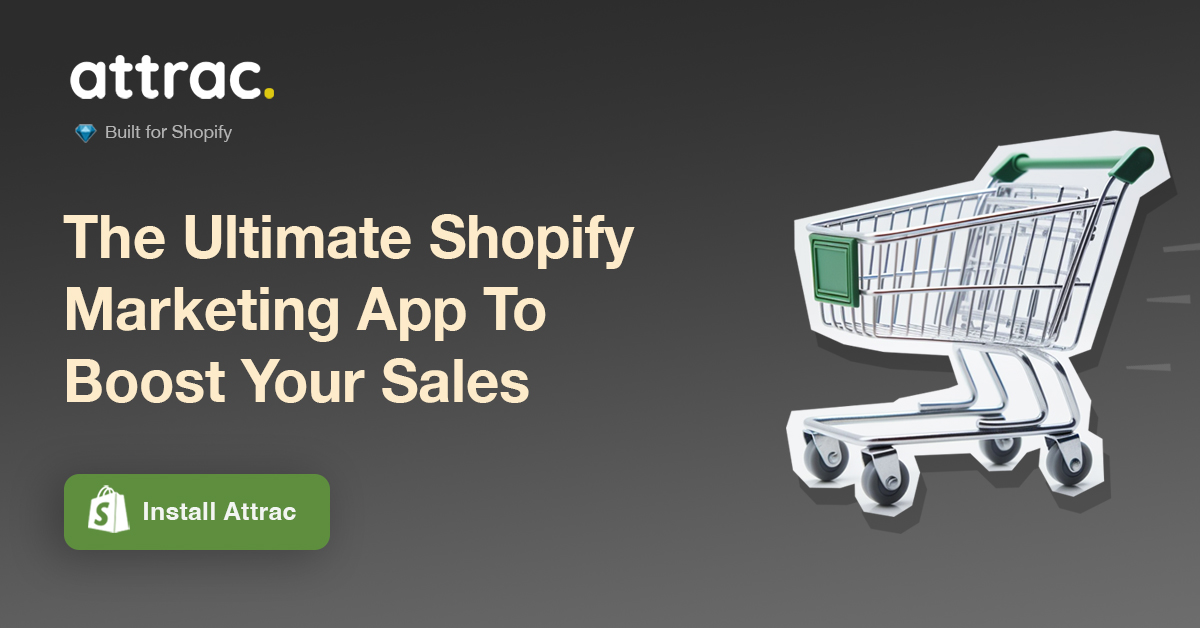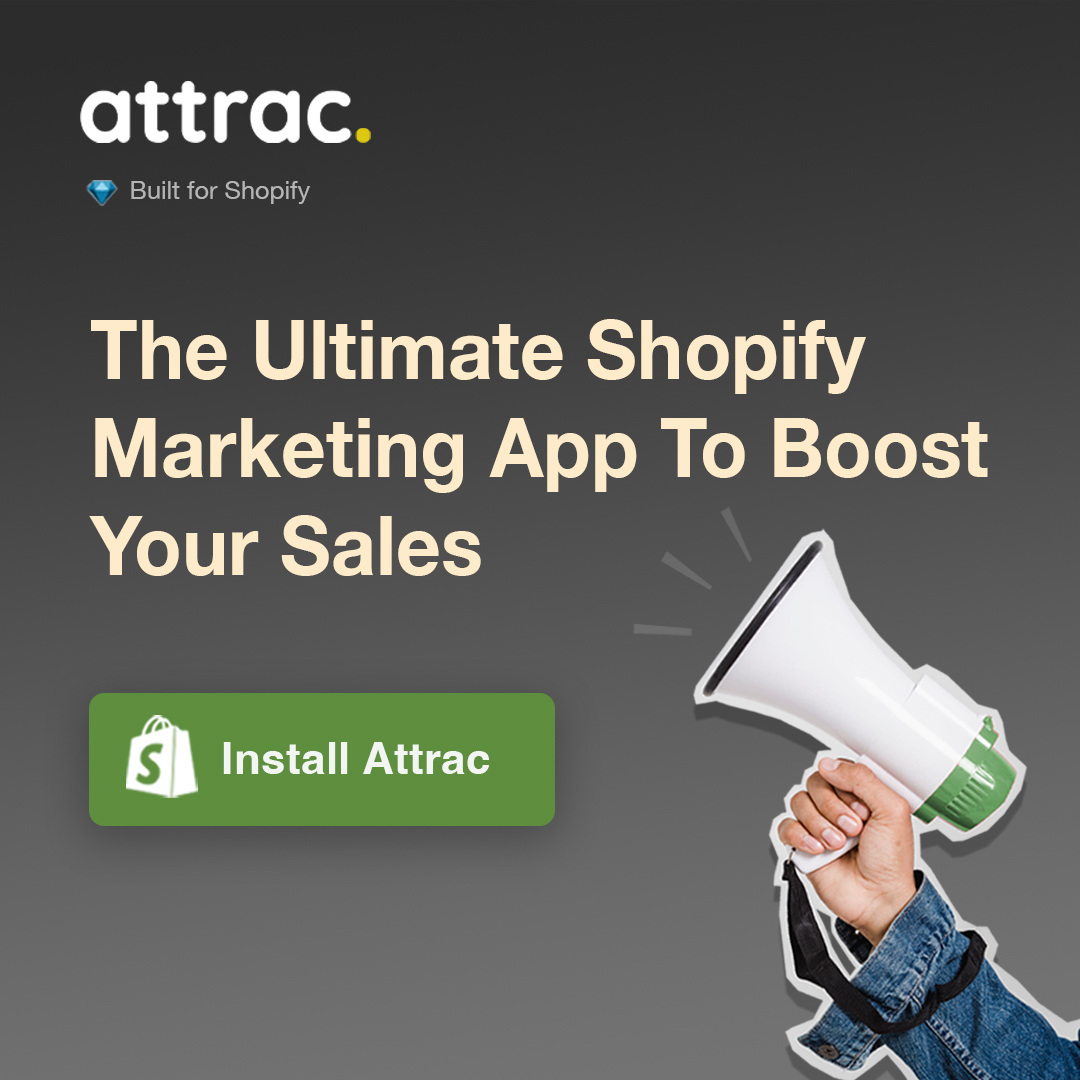Pinterest for Ecommerce & Stats In 2024


If you're navigating the Pinterest basics, or you've stumbled upon a Pinterest introduction, this visual discovery app has been setting the stage for all things online shopping for a while.
Back in the day, Pinterest was the place to go for DIY crafts, recipes, and dream wedding boards. Until eCommerce brands cracked the code to sell more—while making it look good. Pinterest's visual nature helps you showcase products to potential buyers.
It ranks #34 in Similarweb's 50 Most Visited Websites Worldwide.
Shoppable pins, visual search tools, and laser-targeted recommendations elevate Pinterest from idea-sharing only to enhanced alternative shopping. Users come to the platform with the intent to experience the ambiance, the aesthetic, the story – everything that pins convey. This behavior is your opportunity to build a narrative, cultivate trust, and drive store visits.
E-commerce Potential of Pinterest & Stats
One-of-a-kind visual search algorithm. It's so good at discovering exactly what you're looking for that finding the right words isn't a problem. Shoppers spend 2x more per month than people on other social channels. So the odds of a profitable pool segment are in your favor.
- Ready-to-buy audience. A significant portion of Pinterest's 465M monthly users is affluent. In fact, 45% of US users report a household income exceeding $100K.
- Diverse demographics. 60% of Pinterest's global audience are women. Male Pinners, Gen Z Pinners, and US Millennial Pinners have grown by 35-40% year over year.
- Open to brand discoveries. Inspiration seekers by default. 97% of top Pinterest searches are unbranded, and 8 out of 10 weekly Pinners discover new products.
- Early bird advantage. 85% of Pinners turn to the platform when starting a new project and planning the future. This shows how influential Pinterest is in decision-making.
- Targeting viable audiences. Available advanced targeting tools to reach the right people at the right time. Based on demographics, interests, keywords, and more.
Pinners are as important as pins. It starts with a casual browse. You then pick someone's curiosity with maybe a stylish lamp, a quirky t-shirt, or whatever you sell.
That person on the other side of the screen saves the pin to a board. From there, research continues, intent momentum shows up, and a purchase happens. In no particular order.
Regardless of the user journey stage, eCommerce brands have room to interact.
Whether it's creating pins for the discovery phase or detailing product insights during shopper's research, what matters is that your Pinterest strategy adapts to those key moments.
Setting Up Your Pinterest Business Account
The first thing you want to do is transition from a standard personal Pinterest profile to a business one. Or if you've never used Pinterest before, create a brand-new account.
With a business account, you gain access to the Pinterest Business Hub, Pinterest Analytics, and extra merchants-marketers features. Like Shop The Look Pins, Rich Pins, Ads, and eCommerce integrations. Shopify, WooCommerce, Square, Shopify again—you name it.
All this sort of toolbox works to understand what's resonating, and iterate on the go.
Here's how to get started:
- Decide on the type of account. You can have a new separate business account. Or link/convert an existing personal account to a business profile as an alternative.
- Create a new business account. Visit Pinterest and opt to create a new business account. Follow the on-screen instructions, filling in the necessary details.
- Access business features. Once your account is set up, explore the Pinterest Business Hub. Get familiar with Pinterest Analytics to monitor your Pins' performance.
- Explore advertising options. Idea ads, video ads, carousels, collections ads, and more. Set up product catalogs if you have a range of products to showcase.
- Optimize and engage. Review analytics to understand your audience better. Engage with Pinners, schedule pins, and make the most of the business-specific features.
Crafting Worth-Saving Pins
What does it take to create a pin that doesn't get scrolled past and has actual impact?
Pin design basics
- High-resolution imagery. Blurry images? Big no-no. Opt for crisp, clear, vibrant photos that showcase your product or content in the best possible light.
- Optimized size and ratio. The ideal Pinterest pin size is a 2:3 ratio, like 1000×1500 pixels. Vertical pins take up more screen real estate, which mobile devices love.
- Brand consistency. Incorporate your brand colors, fonts, and logo in a subtle yet cohesive way. This helps in brand recall and sets an adequate tone.
- Relevant text overlay. Sometimes, an image alone won't do the trick. For context or CTA purposes, add a compelling, concise, and readable text overlay.
- Engaging visual resources. Use graphics, illustrations, and photos to tease curiosity, keep the content relevant, and further enhance your pin's message.
Pin description basics
- Guides user intent. A well-written description helps a lot with clarity. Because it tells what the pin is about, whether it's a product, a blog post, or a DIY tutorial.
- Invokes emotion or curiosity. A compelling description can evoke a feeling or pique interest. Phrases like "Must-have summer accessory" or "The secret ingredient to the perfect pie" can arouse curiosity, encouraging users to click and explore further.
- Adds value. Product specifications, benefits, or user reviews—a description can emphasize the value proposition, nudging users towards a purchase decision.
- Enhances discoverability. At its core, Pinterest is a search engine for images. Incorporate keywords to increase the chances of your pin showing up in user searches.
- Drives targeted traffic. Using the right keywords ensures that your pin reaches relevant audiences—those actively searching for content or products like yours.
- Contextual understanding. A pin featuring a "leather bag" will have a different audience if it's described with keywords like "luxury accessories" vs. "eco-friendly".
- Include a call-to-action. Encourage users to take action. Be it "Shop the Look", "Read the Full Story", "Grab the Recipe", or "Try this DIY".
Every image, every word – on pins and boards – is a step closer to a sale.
Glossier As Proof That Pinterest for Ecommerce Works
Direct-to-consumer brand Glossier led a beauty revolution. Besides the minimalistic aesthetics, one of the cornerstones of the brand's success on Pinterest is the emphasis on User-Generated Content (UGC). By repinning users' content, Glossier showcases products in real-world scenarios (so it's relatable), and fosters a sense of community and trust.

Look at Pinterest boards like "A Cloud Paint Palette", "Brows Make The Look", and "Glossier Pink". These curated collections speak to the target audience, reflecting an understanding of customers' aspirations and preferences. But that's not all. Glossier integrates the shoppable pins feature to redirect Pinners to the brand's Shopify store. People love it, people buy it.
Final Thoughts on Pinterest's Ecommerce Impact
Once an idea-sharing app only, now one of eCommerce's best friends.
The data says it all: 45% of US users boast a household income of $100K+. And the platform witnesses a year-over-year growth of 35-40% in diverse demographic segments. What's more, most Pinterest searches remain unbranded, indicating a huge brand visibility potential. The user journey starts with a simple pin save, evolves into research, and ends in a sale.
For stores, the transition to a Pinterest business account is a game-changer. This shift unlocks analytics and advertising features. Crafting impactful pins is an art and science combined. It requires good imagery, brand consistency, and keyword-rich yet resonating descriptions. Pinterest stands as a testament to the power of visual discovery in online shopping.
Frequently Asked Questions
Can I sell products on Pinterest?
You can sell products on Pinterest by connecting your third-party eCommerce platform—Shopify, Adobe Commerce, WooCommerce, and Salesforce Commerce Cloud. Pinterest's integrations will turn your product catalog into product Pins.
Is Pinterest a shopping platform?
No, Pinterest isn't a shopping platform but a visual discovery tool. People go to Pinterest seeking inspiration and often leave deciding what to buy. Features like Catalogs and Shopping Ads redirect users to stores. But no transactions take place on Pinterest.
How companies are using Pinterest as a social ecommerce platform?
Companies are using Pinterest as a social eCommerce platform to showcase products through pins, sell with shoppable pins, run ad campaigns, do community building, and more.
Is Pinterest good for e-commerce?
Pinterest is good for eCommerce because of a variety of reasons. One of those is the fact that users here spend 2x more per month than people on other social networks. Moreover, merchants who upload products to Pinterest Catalogs see 5x more impressions. Advertisers using both Catalogs and shopping ads see a 15% increase in return on ad spend.
How much does it cost to sell on Pinterest?
Selling on Pinterest costs nothing. Zero. Unless you use promoted pins or run ads, there'll be budget implications based on audience, competition, and PPC factors. But the rest is free.







